Understanding Dyslexia
Start here. The first step for a parent or teacher to help a child, is to learn the basics of dyslexia and the most common signs.
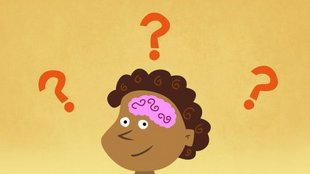 Find out basic facts about dyslexia.
Find out basic facts about dyslexia.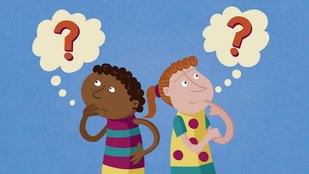 There is no shame in dyslexia, it is part of who you are. But how do you explain dyslexia to a child?
There is no shame in dyslexia, it is part of who you are. But how do you explain dyslexia to a child?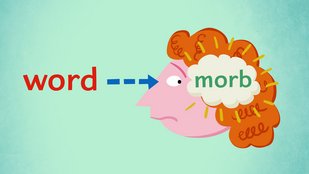 Quickly find out some of the most common difficulties caused by dyslexia.
Quickly find out some of the most common difficulties caused by dyslexia.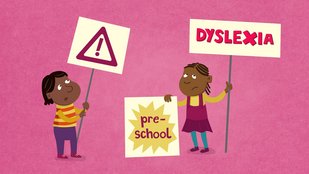 You can detect the possibility of dyslexia in very young children if you know what to look for.
You can detect the possibility of dyslexia in very young children if you know what to look for.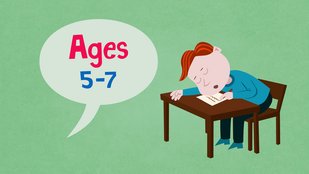 A child with dyslexia will typically exhibit one or more of these signs. Remember that every child is different. It is very rare for a child to have all these difficulties.
A child with dyslexia will typically exhibit one or more of these signs. Remember that every child is different. It is very rare for a child to have all these difficulties.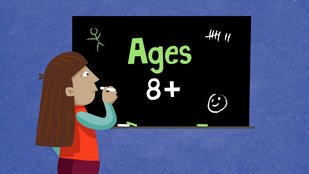 The main indicator is a relative who is dyslexic or a poor speller.
The main indicator is a relative who is dyslexic or a poor speller.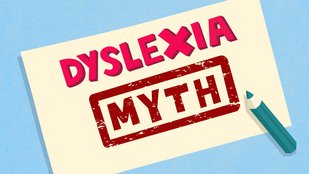 There are many widespread myths about dyslexia such as reading and writing backwards or claims of miraculous cures. Make sure you know the facts.
There are many widespread myths about dyslexia such as reading and writing backwards or claims of miraculous cures. Make sure you know the facts.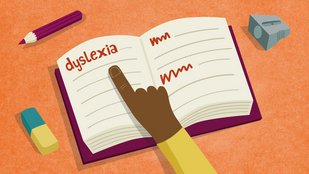 What is the definition of dyslexia? Is dyslexia a medical issue or an educational difficulty?
What is the definition of dyslexia? Is dyslexia a medical issue or an educational difficulty?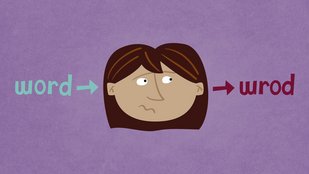 80% of people with dyslexia show signs of a phonological processing problem but what does a difficulty with phonology mean?
80% of people with dyslexia show signs of a phonological processing problem but what does a difficulty with phonology mean?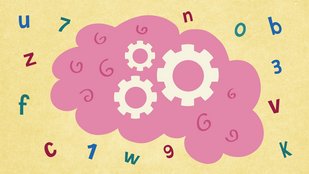 Almost half of dyslexics have low RAN but what is it, and why is it assessed when screening for dyslexia?
Almost half of dyslexics have low RAN but what is it, and why is it assessed when screening for dyslexia?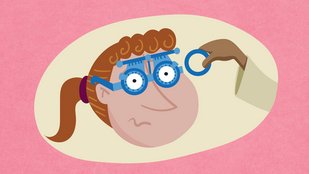 Educational experts, researchers and medical authorities around the world have found little independent scientific evidence to support the use of eye exercises, vision therapy, tinted lenses or filters as a treatment for dyslexia.
Educational experts, researchers and medical authorities around the world have found little independent scientific evidence to support the use of eye exercises, vision therapy, tinted lenses or filters as a treatment for dyslexia.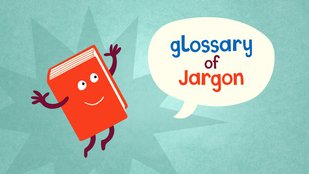 A simple explanation of words frequently used in education.
A simple explanation of words frequently used in education.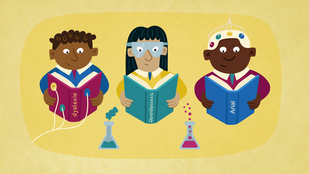 Do typefaces for dyslexia work? Find out more about how effective they really are.
Do typefaces for dyslexia work? Find out more about how effective they really are.